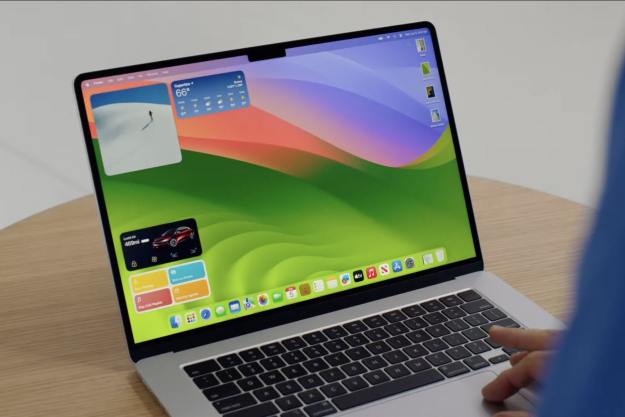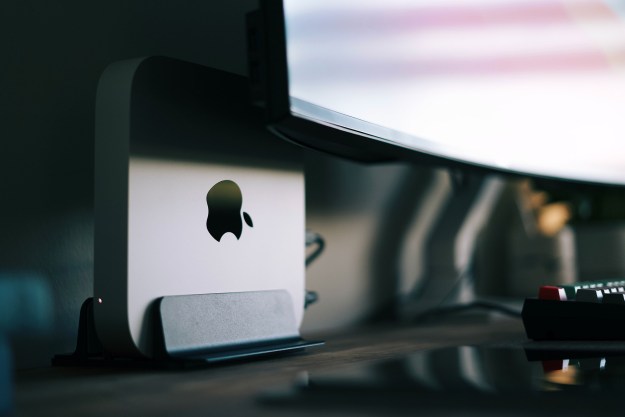I just got in what are likely the two best Bluetooth Headsets in the market: the Plantronics Voyager Pro, and the third-generation Aliph Jawbone, which will start shipping next month. In many states, including California where I live, you are required to use a hands-free device for talking on the phone while driving, or you get a ticket. I’ve been a first-generation Jawbone fan since I got my first one a couple years back at CES, and up until now, haven’t found one I like better. Suddenly I have two, and each has its own unique advantages and disadvantages. Let’s talk about both products as we search for the perfect Bluetooth Headset.

The Jawbone has always been as much about looking good as it was about working right. It was one of the first headsets that actually did active noise cancellation correctly: Using a unique sensor that touches your face, it can determine what noises are coming from you and what noises are coming from the outside. The traditional problem with this approach is fitment.
In other words, if the sensor drifted away from your face (a problem I had with the second-generation product an unacceptable number of times), it gets confused, and the folks on the other side can’t hear you. So it used to easy go from great to horrid, and I would constantly go back to the original Jawbone, which was larger, not as good looking, but worked better.
A while after the second -generation product arrived on the market, Aliph came up with new earpieces, which improved fit, and I was able to move to it and use it successfully. I still kind of preferred the first generation for some things, but I ended up using the second generation as my primary headset but was torn between the two, and still occasionally had fitment problems. I was so hooked on this device that people would ask me if something was wrong if I wasn’t wearing it, and Microsoft actually had a caricature of me painted with the headset on my head.
The recently announced third generation has several enhancements: It fits better than either the first- or second-gen models, and the noise cancellation technology has been substantially improved. When the sensor touches your cheek, it now almost completely eliminates all background noise. In fact, the result is kind of amazing. If it does drift away from your cheek, it appears to go back to non-noise cancelling mode, which introduces background noise, but won’t prevent folks from hearing you like the earlier generations did.
The third-gen product has many benefits: it is small, beautiful, the charge cable will plug into your laptop USB port (so you don’t have to carry a charging brick), it comes in a lot of colors, and is the best outbound noise cancellation product on the market especially wind (like in a convertible). However, it is has some disadvantages, too. It still takes some time to fit it to your face every time properly, it is expensive at around $130, and it uses a unique charge connection, so if you forget your cable and the battery goes dead, you are kind of screwed.

Aliph Jawbone Prime
Plantronics Voyager Pro
I’ve tried every Plantronics Bluetooth headset on the market, and found none of them could stack up to the Jawbone, until now. Each was interesting in its own way, but generally, they had poor battery life, looked weird, and didn’t sound very good. This is strange, because the headsets I live with in my office are all Plantronics, and I haven’t ever found anything better for an office phone.

Unlike the Jawbone, the Voyager Pro uses a technology similar to what Bose uses in their stereo headsets to cancel noise. It places a microphone facing out, and uses it to sense what noise needs to be removed from the microphone in your face or the earpiece in your ear, cleaning up both inbound and outbound sound. While it doesn’t do as impressive a job with outbound as the Jawbone, it is vastly better on the inbound sound, making it easier to hear in a noisy environment. As a big downside, it doesn’t like high wind (convertible freeway speed) at all, because it seems to overwhelm the outward-facing microphone, rendering it useless. It does seem to work well in lower wind environments, and Plantronics clearly put a lot of effort into trying to fix this traditional shortcoming with microphone-based noise cancellation.
So, positives are that it’s attractive, very comfortable and easy to fit, does a good job with both outbound and inbound noise, has easier to use controls, a standard mini-USB charging port (a cable that is easy to find if you lose yours), feels very comfortable, and costs under $100. On the down side, it sucks in freeway speed wind (I often drive my wife’s roadster), is really big, the charging cable it comes with is hard wired to the charger (buy a universal cable, first thing), and it comes in any color you want as long as that color is black and silver (it looks really masculine, ok with me, not so good with my wife).
Wrapping Up
If you want the best looking product, want color choice, and particularly if you need the device to work in the wind, then the Jawbone 3 is your choice. If you lean toward comfort, work in a very noisy environment (that isn’t windy) where you also have a hard time hearing, and want to spend under $100 then the Plantronics Voyager Pro is for you. As it turns out, my wife prefers the Jawbone, and I prefer the Voyager. The roadster is hers, she really loves the custom colors, and I wear my headset from dawn to bedtime (folks wonder if I sleep with it), and I often find myself in airports where I can’t hear the other side of a conversation.
The reality is that most folks would be ecstatic with either product, and it is simply nice to have a real choice between top headsets that aren’t mirror images of each other. Pick your poison, and make one of the clearest legal cell phone calls you’ve ever made, while still looking good.
Editors' Recommendations
- How to find a Wi-Fi password on Mac
- The 5 best iMac alternatives in 2024
- How to find a lost or stolen MacBook
- How to find passwords on a Mac, MacBook, and Mac Mini
- The easy way to choose between the Mac Studio and Mac mini


